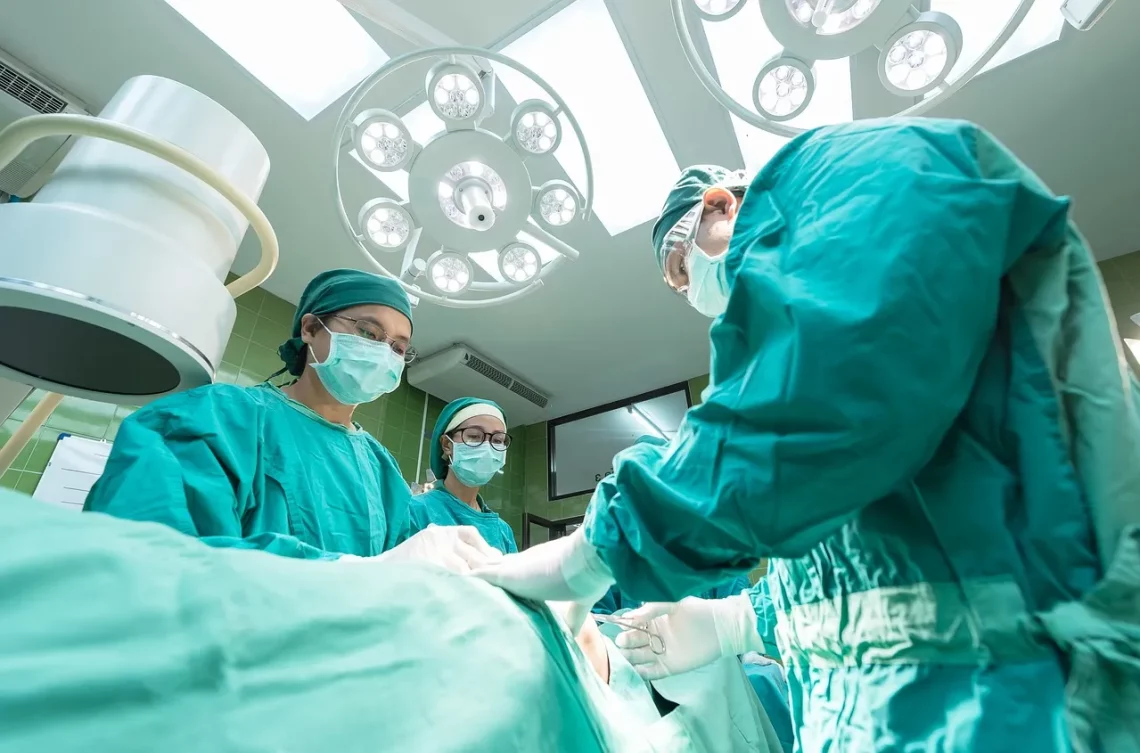
Understanding Knee Surgery for Dogs: A Comprehensive Guide
Knee surgery in dogs is a critical topic for pet owners, as it directly affects the quality of life of our beloved furry companions. Canine knee injuries can arise from various causes, including accidents, genetic predispositions, or degenerative conditions. Understanding the complexities surrounding knee surgery can empower dog owners to make informed decisions regarding their pets’ health.
The knee joint, also known as the stifle joint, plays a crucial role in a dog’s mobility. It consists of several components, including bones, ligaments, and tendons, all of which can be susceptible to injury. When dogs experience issues with their knee joints, it can lead to pain, reduced mobility, and a significant decline in their overall well-being. As a result, many pet owners find themselves navigating the intricacies of surgical options and post-operative care.
In this comprehensive guide, we will delve into the various aspects of knee surgery for dogs, shedding light on the types of injuries that may necessitate surgical intervention, the surgical procedures available, recovery expectations, and how to support your dog throughout the rehabilitation process. By familiarizing yourself with these elements, you can approach your dog’s knee surgery with confidence and care, ensuring that your pet returns to an active and healthy lifestyle.
Common Knee Injuries in Dogs
Knee injuries in dogs are relatively common, particularly in active breeds or older dogs. One of the most prevalent knee conditions is cranial cruciate ligament (CCL) rupture. This ligament is vital for stabilizing the knee joint, and when it tears, it can lead to significant pain and instability. Symptoms of a CCL tear often include limping, difficulty in jumping or climbing stairs, and signs of discomfort when the knee is manipulated.
Another common issue is patellar luxation, where the kneecap dislocates from its normal position. This condition can be congenital or develop over time, and it is often more prevalent in small dog breeds. Dogs with patellar luxation may exhibit intermittent limping, a tendency to skip while running, or a noticeable shift in their kneecap’s position.
Torn menisci, the cartilage that provides cushioning within the knee joint, can also occur alongside ligament injuries. These tears can exacerbate pain and lead to further complications if not addressed promptly. Lastly, osteoarthritis is a degenerative condition that can affect the knee joint, causing chronic pain and decreased mobility over time.
Recognizing the signs of knee injuries promptly is essential for effective treatment. If you notice any abnormal behavior in your dog, such as reluctance to exercise or changes in their gait, consult a veterinarian for a thorough evaluation. Early diagnosis and intervention can significantly improve outcomes and may reduce the need for extensive surgical procedures.
Surgical Options for Canine Knee Problems
When conservative treatment methods fail to alleviate a dog’s knee issues, surgical intervention may be necessary. One of the most common surgical procedures performed for CCL tears is the tibial plateau leveling osteotomy (TPLO). This procedure involves reshaping the tibia to provide greater stability to the knee joint. Recovery from TPLO surgery typically requires strict adherence to a rehabilitation protocol, including restricted activity and physical therapy.
Another surgical option is the tibial tuberosity advancement (TTA). Similar to TPLO, TTA aims to stabilize the knee joint by altering the angle of the tibia. This method is particularly beneficial for dogs with specific anatomical considerations. Both TPLO and TTA have proven to be effective in restoring function and alleviating pain in dogs with CCL injuries.
For patellar luxation, surgical correction often involves realigning the kneecap and stabilizing it within the groove of the femur. The specific technique used will depend on the severity of the luxation and the dog’s individual anatomy. Recovery from this type of surgery can vary, but it generally includes a combination of rest, rehabilitation, and gradual reintroduction to normal activities.
In cases of meniscal tears, the surgical approach often involves repairing or removing the damaged cartilage. This procedure may be performed alongside ligament repair surgery to address all aspects of the knee injury.
It is crucial to discuss the available surgical options with your veterinarian or a veterinary orthopedic specialist. They will evaluate your dog’s specific condition and recommend the most appropriate course of action based on their individual needs.
Post-Operative Care and Rehabilitation
Post-operative care is a vital component of your dog’s recovery process following knee surgery. Immediately after surgery, your veterinarian will provide specific instructions regarding medication, activity restrictions, and follow-up appointments. It’s essential to adhere to these guidelines to ensure the best possible outcome for your pet.
Pain management is a significant aspect of post-surgical care. Your veterinarian may prescribe pain relief medications and anti-inflammatories to help manage discomfort. Always follow their dosage recommendations and monitor your dog for any adverse reactions.
During the initial recovery period, it’s crucial to limit your dog’s activity. This often means restricting walks and playtime, as too much movement can jeopardize the healing process. Crate rest may be recommended to prevent your dog from jumping or running.
Physical rehabilitation can play an essential role in recovery. Many veterinary clinics offer specialized rehabilitation programs that include exercises to improve strength, flexibility, and range of motion. These programs may involve hydrotherapy, controlled stretching, and gradual increases in activity levels.
As your dog progresses, your veterinarian will provide guidance on when it’s safe to reintroduce more vigorous activities. It’s essential to be patient during this stage, as rushing the recovery process can lead to setbacks or complications.
Regular follow-up visits with your veterinarian will help monitor your dog’s healing progress. They may recommend imaging studies, such as X-rays, to assess the surgical site and ensure everything is healing correctly.
Ultimately, with proper care and attention, many dogs can return to their normal activities and enjoy a pain-free life after knee surgery.
Preventive Measures and Long-Term Care
Preventing knee injuries in dogs is always preferable to dealing with the aftermath of surgery. While not all injuries can be avoided, several strategies can help reduce the risk. Maintaining a healthy weight is crucial, as excess weight can place additional strain on a dog’s joints. Regular exercise is also essential for keeping joints strong and flexible, but it’s important to engage in appropriate activities for your dog’s age and breed.
Choosing the right type of exercise is vital. Low-impact activities such as swimming, walking, and gentle play can effectively strengthen muscles without over-stressing the knee joints. Additionally, avoid high-impact activities, especially in young dogs whose joints are still developing.
Regular veterinary check-ups can help identify potential issues early on. Your veterinarian may recommend joint supplements or preventive measures based on your dog’s breed and age. For instance, certain breeds are more predisposed to knee problems, and early intervention can be beneficial in these cases.
In conclusion, being proactive about your dog’s health can significantly impact their quality of life. Understanding knee surgery and its implications can empower you as a pet owner to take the necessary steps for prevention and recovery.
**Disclaimer:** This article is for informational purposes only and should not be considered medical advice. Always consult with a qualified veterinarian for health-related concerns regarding your pet.




